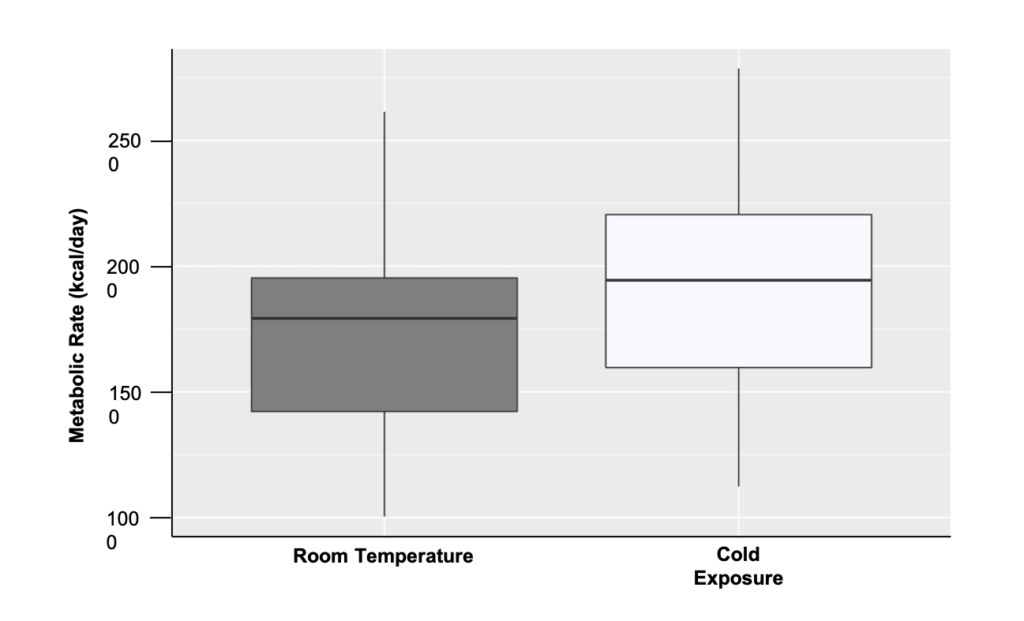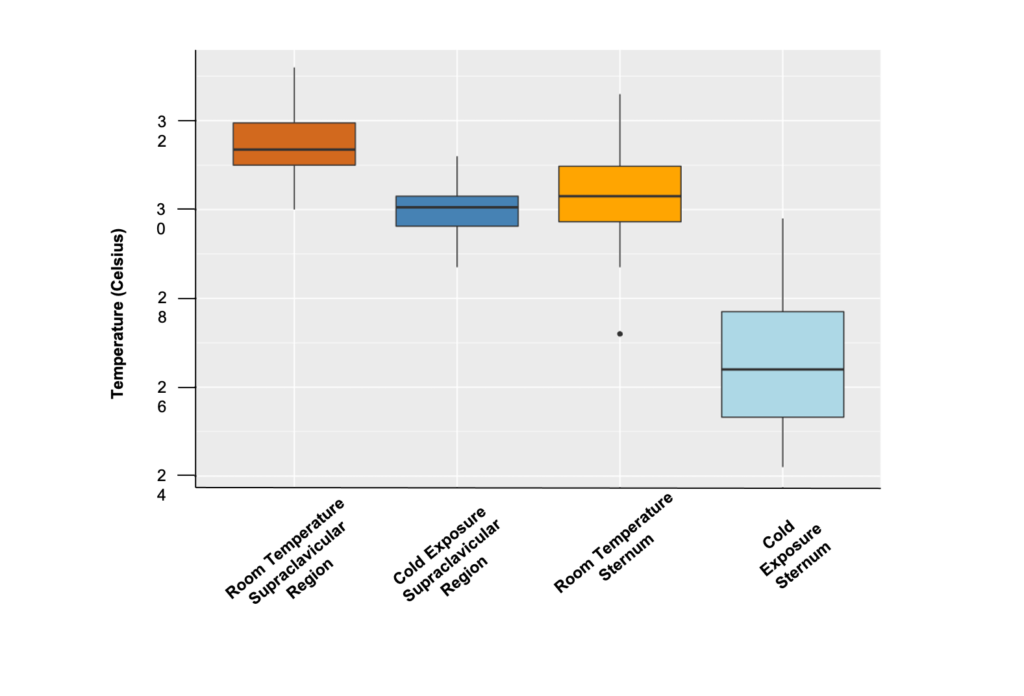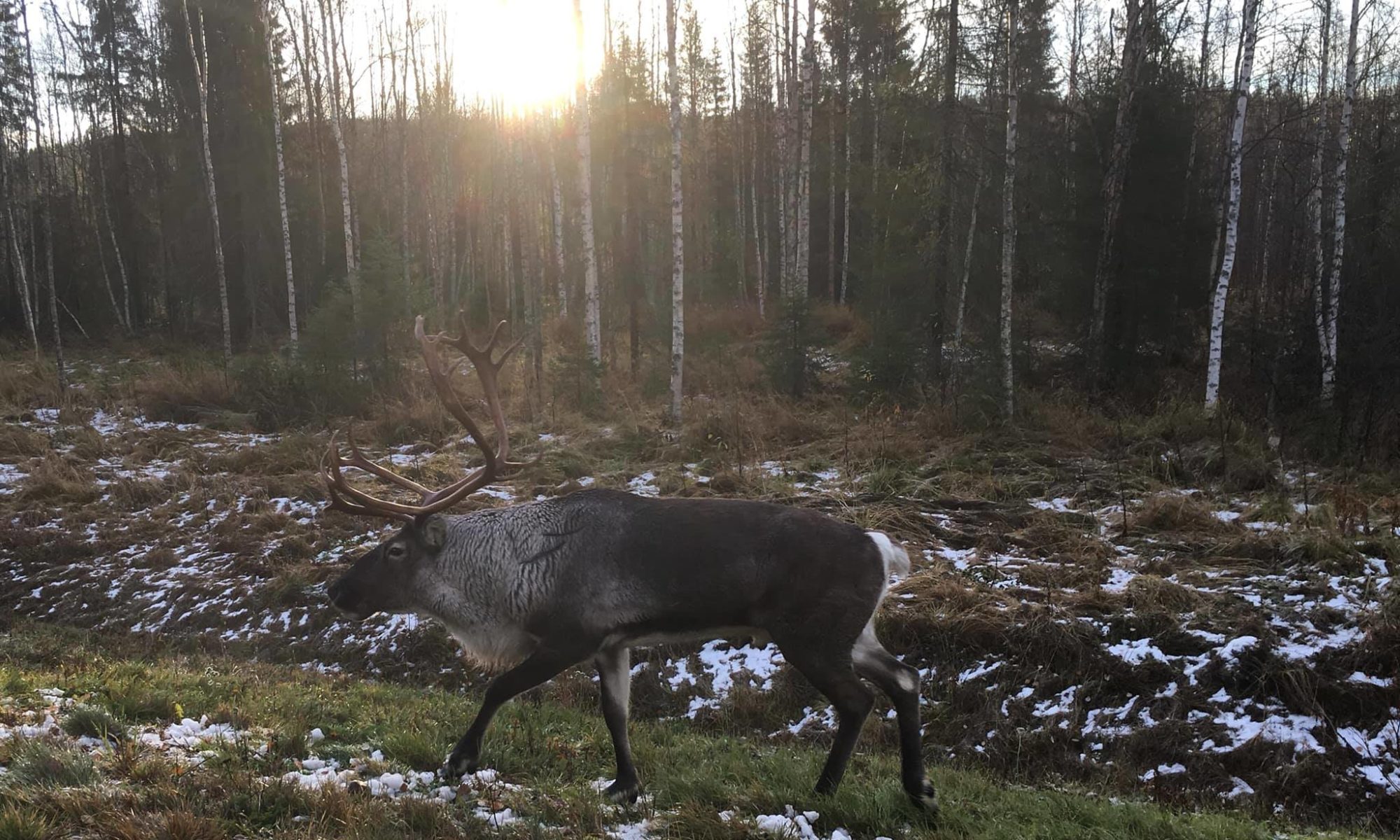Yes, I am WAY behind on updating my website with various things! Here is another brown adipose tissue article recently out. This one is done in collaboration with Drs. Päivi Soppela, Minna Turunen, Ville Stenbäck, and Karl-Heinz Herzig.
We measured brown adipose tissue activity (using indirect calorimetry, thermal imaging, and mild cold exposure) among reindeer herders in Finland. We found that herders do indeed have active brown adipose tissue (BAT). When activated, resting metabolic rates increase significantly by 8.7%, warmer supraclavicular temperatures (BAT positive region) relative to sternum temperatures (BAT negative regions), and BAT among this sample preferentially uses fatty acids for fuel (a low RQ – respiratory quotient). This is different from other studies that have shown a preference for glucose or mixed glucose-fatty acid as fuel among other populations.

There were no correlations of BAT with any anatomical or physiological variables with the exception of a negative correlation between a change in RQ and the change in supraclavicular surface temperatures. Based on work by Dr. Stephanie Levy, this lack of correlation with various anatomical and physiological variables might be due to BAT activity being determined or at the very least influenced by cold exposure during key developmental periods in childhood.

This study shows that BAT activity is highly variable even among different cold climate populations, and that like high altitude populations, there are often different ways the body copes and adapts to similar environments.
